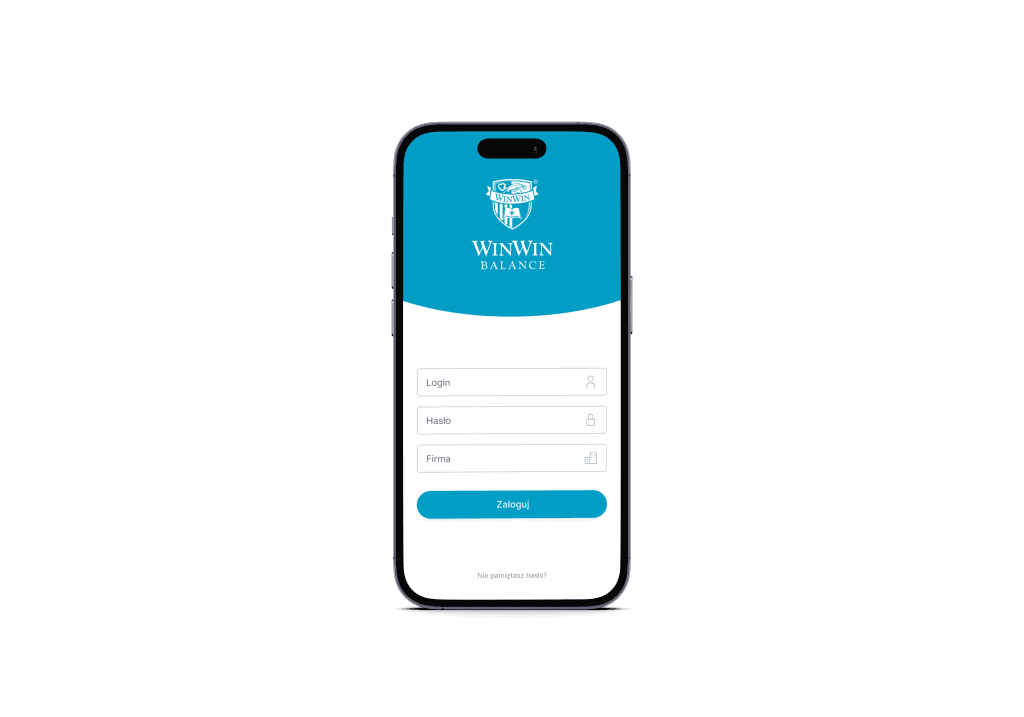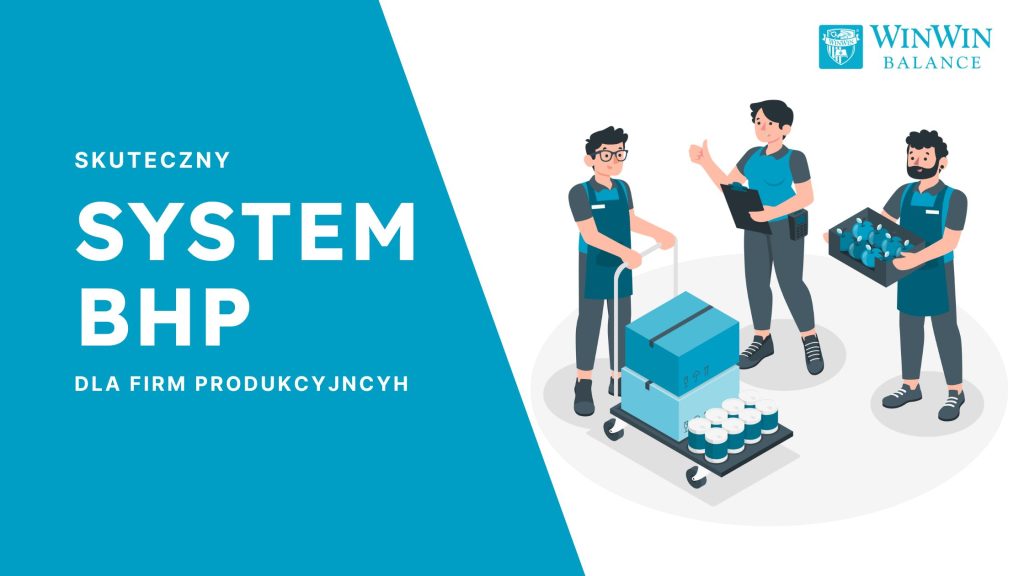In a rapidly changing world of production, ensuring a safe working environment is extremely important. A robust Occupational Health and Safety Management System, commonly known as OHSMS or OHSAS, is essential for minimizing potential hazards and preventing accidents.
In this post, we will delve into the key aspects of implementing an effective OHSMS in a manufacturing company. From understanding the significance of occupational health and safety to establishing a system for reporting potentially hazardous incidents.
The importance of OHSMS in manufacturing companies.
Occupational Health and Safety (OHS) system plays an extremely important role in manufacturing companies. It is a comprehensive set of principles, procedures, and practices aimed at ensuring safe and healthy working conditions for employees.
The first and foremost reason why an OHS system is indispensable in manufacturing companies is to ensure the safety of workers. The manufacturing sector involves numerous potential hazards, such as dangerous machinery and equipment, toxic chemicals, as well as the risk of injuries associated with heavy object movement. By implementing appropriate procedures, training, and protective measures, the OHS system minimizes the risk of accidents and injuries, safeguarding the health and lives of employees.
Another aspect influenced by the OHS system is operational efficiency. Providing a safe working environment helps avoid disruptions caused by accidents or occupational illnesses among employees. When workers feel protected and secure, their productivity increases, and the quality of work improves. The OHS system also leads to a reduction in costs related to accidents and employee treatment, resulting in savings for the company.
Furthermore, the OHS system affects the company’s image. Manufacturing companies that prioritize the safety and health of their employees build a positive reputation as responsible and caring enterprises. In today’s society, where workplace safety issues are gaining increasing importance, such a reputation can attract new customers, investors, and talented employees.
Lastly, it is worth noting that the OHS system is also a legal requirement. Many countries have regulations and laws regarding occupational health and safety, non-compliance with which can result in legal penalties or even the closure of a company. Therefore, for manufacturing firms, compliance with OHS regulations is not only a moral and ethical matter but also a legal obligation.
Manufacturing companies must ensure safe and hygienic working conditions for their employees. This includes the use of appropriate personal protective equipment, adherence to safety procedures, and regular inspections to identify and eliminate potential hazards.
Implementing a comprehensive OHS system is crucial for the success and sustainability of manufacturing companies. It promotes the well-being of employees, enhances operational efficiency, contributes to a positive company image, and ensures compliance with legal requirements.
Implementing a comprehensive occupational health and safety (OHS) system is a process that requires careful planning, organization, and implementation of appropriate solutions. Before starting the implementation, it is worthwhile to conduct a workplace safety audit to identify areas that require improvement and adjustment. The audit allows for an assessment of current procedures, risk evaluation, and identification of potential hazards.
After conducting the audit, an action plan should be developed, which includes providing appropriate personal protective equipment, training employees in OHS, and implementing safe work procedures. Another important element is the implementation of an incident monitoring and reporting system, which allows for responding to potential threats and eliminating their causes.
The implementation of a comprehensive OHS system must be supported by management commitment and the cooperation of all employees. Without their full cooperation and awareness of OHS, the system will not operate effectively. Therefore, it is crucial to provide adequate training for all employees to acquire the necessary knowledge and skills to perform their duties safely.
A comprehensive OHS system also includes regular reviews and updates. Workplace safety regulations and standards may change, so it is important to constantly adjust the system to meet the latest requirements. System reviews should be conducted periodically, and any irregularities and deficiencies should be addressed immediately.
Introduction of an effective Occupational Health and Safety Reporting System

To make the OHS system comprehensive, the following steps should be taken:
- Raise awareness among employees about the importance of reporting potentially hazardous situations and near-miss incidents.
- Foster a culture of open communication and encourage employees to report their initiatives.
- Identify and address barriers to reporting incidents.
- Implement a user-friendly OHS reporting system (e.g., WinWinBalance).
Understanding the significance of reporting potentially hazardous situations and near-miss incidents involves creating awareness about the importance of informing about situations that may lead to accidents or are related to them. The actions in this regard aim to prevent dangerous situations by identifying and taking appropriate measures beforehand.
Creating a culture of open communication and reporting involves creating an atmosphere where employees feel comfortable reporting potential hazards without fear of reprisals or negative consequences. Striving for such a culture facilitates early detection of problems and taking corrective actions.

Identifying and addressing barriers to reporting is a process of identifying obstacles that hinder employees from reporting unsafe situations or accidents. Subsequently, actions need to be taken to overcome these barriers, making the reporting process easy, accessible, and safe.
Implementing a user-friendly OHS reporting system involves introducing a reporting system that is easy to use and tailored to the needs of employees. Such a system should be intuitive and readily accessible, which will enhance the effectiveness of the reporting process and improve safety levels. WinWinBalance is an example of such a system!




